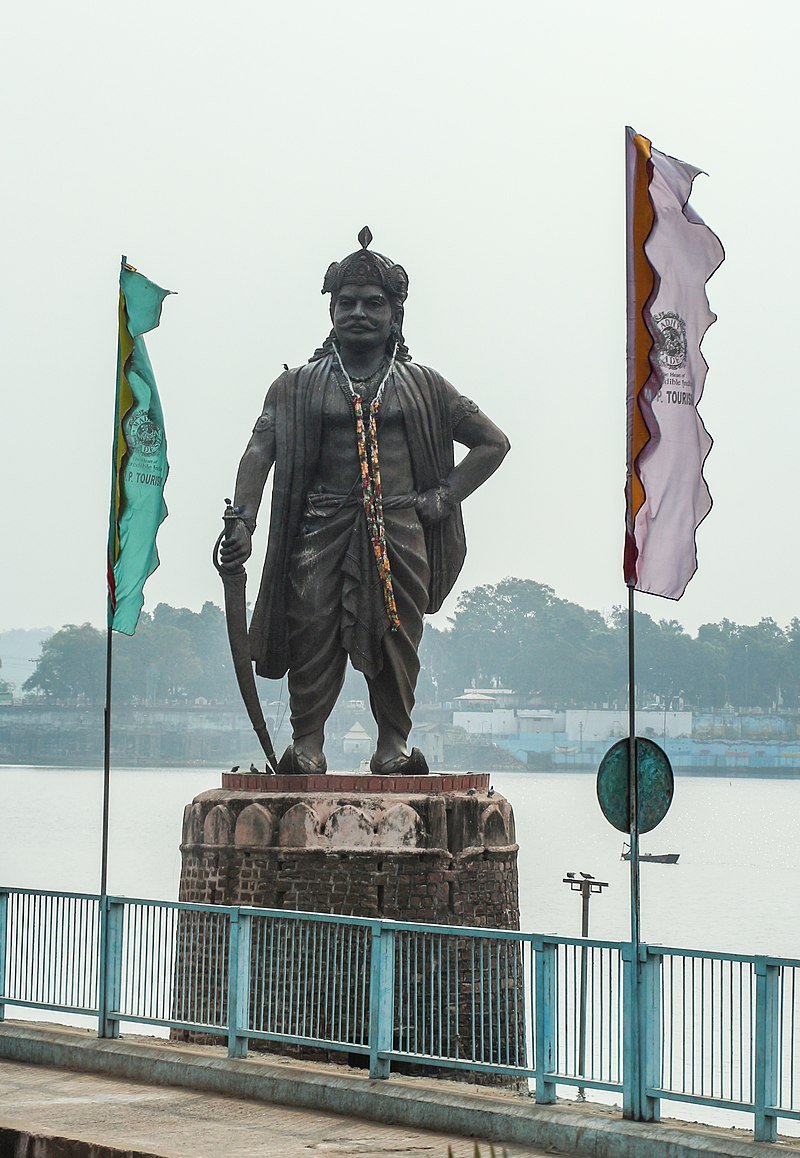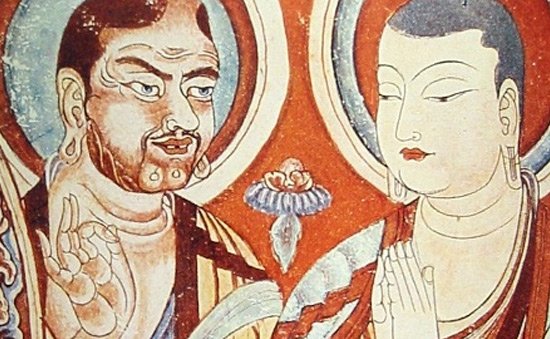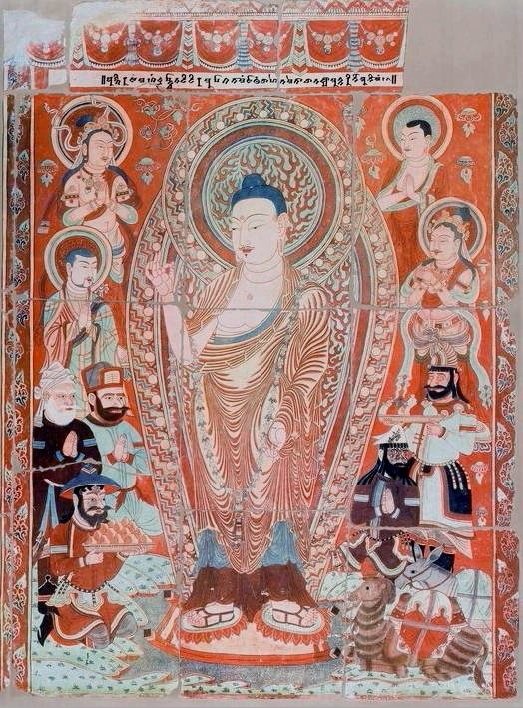
The Legend of Prithvivallabh
'Prithvivallabh' is a Gujarati historical novel by K.M.Munshi, published in 1921.
The novel describes the rivalry between King Munja and Tailap & the love-affair between Munja and princess Mrinalvati.
'Prithvivallabh' is a Gujarati historical novel by K.M.Munshi, published in 1921.
The novel describes the rivalry between King Munja and Tailap & the love-affair between Munja and princess Mrinalvati.

Historically, the main character of the novel is King Munja ( 972-994 AD), who was the king of Paramara dynasty ruling parts of Central and Western India.
Munja was from a long line of kings, which was made famous by his illustrious nephew, King Bhoja ( 1010-1055 AD).
Munja was from a long line of kings, which was made famous by his illustrious nephew, King Bhoja ( 1010-1055 AD).

Munja, during his kingship made many wars and tried to conquer the Western Chalukyas ruled by Tailap-II (973-997 AD).
Image of a kannada inscription of Tailap
Image of a kannada inscription of Tailap

The conflict between Munja and Tailapa has been described in a lost poem 'munja rasa' by Merutunga.
Merutunga describes that Munja initially defeated Tailapa six times and then boldly marched into his territory.
Merutunga describes that Munja initially defeated Tailapa six times and then boldly marched into his territory.

Munja was adviced against such an expedition by his minister, who foresaw defeat.
Munja, however, made his plans and crossed the Godavari to make war on Tailap.
The minister jumped into fire after Munja left.
Munja, however, made his plans and crossed the Godavari to make war on Tailap.
The minister jumped into fire after Munja left.
Munja was soundly defeated by Tailap and imprisoned.
The Sangamner inscription of Bhiliama-II proudly boasts about thrashing the goddess of prosperity Lakshmi on the battlefield because she had sided with Munja, & forced her to become a housewife in the palace of Tailapa.
The Sangamner inscription of Bhiliama-II proudly boasts about thrashing the goddess of prosperity Lakshmi on the battlefield because she had sided with Munja, & forced her to become a housewife in the palace of Tailapa.

As per Merutunga, during his imprisonment, Munja and Tailapa's widowed sister Mrinalavati fell in love.
Meanwhile, Munja's ministers entered Tailapa's kingdom in disguise, and managed to get in touch with Munja.
Meanwhile, Munja's ministers entered Tailapa's kingdom in disguise, and managed to get in touch with Munja.

They made a rescue plan, which Munja divulged to Mrinalavati, because he wanted to take her to Malwa.
Mrinalavati told her brother about Munja's escape plan.
As a result, Tailapa humiliated Munja by forcing him to beg door-to-door, and then had him executed.
Mrinalavati told her brother about Munja's escape plan.
As a result, Tailapa humiliated Munja by forcing him to beg door-to-door, and then had him executed.

So ended the tragic life of King Munja, who was betrayed by the woman he loved.
Like numerous instances, a king allowed himself to be bamboozled by beauty which in turn back-stabbed him, ultimately.
Like numerous instances, a king allowed himself to be bamboozled by beauty which in turn back-stabbed him, ultimately.
The story and the novel of K.M.Munshi has been immortalized in a movie of the same name starring the legendary Sohrab Modi and Durga Khote in 1943.
A Tv serial on the legend has been broadcast by Sony in 2018.
A Tv serial on the legend has been broadcast by Sony in 2018.

Munja also constructed many buildings. He comissioned many temples in Dhar & constructed a lake at Dhar and Mandu, which is still called 'Munja talao' ( Munja's tank)
He was called 'Vakpati'( Master of Speech) & was renowned as a great patron of art & literature.
End
He was called 'Vakpati'( Master of Speech) & was renowned as a great patron of art & literature.
End

@threadreaderapp , compile
• • •
Missing some Tweet in this thread? You can try to
force a refresh






















